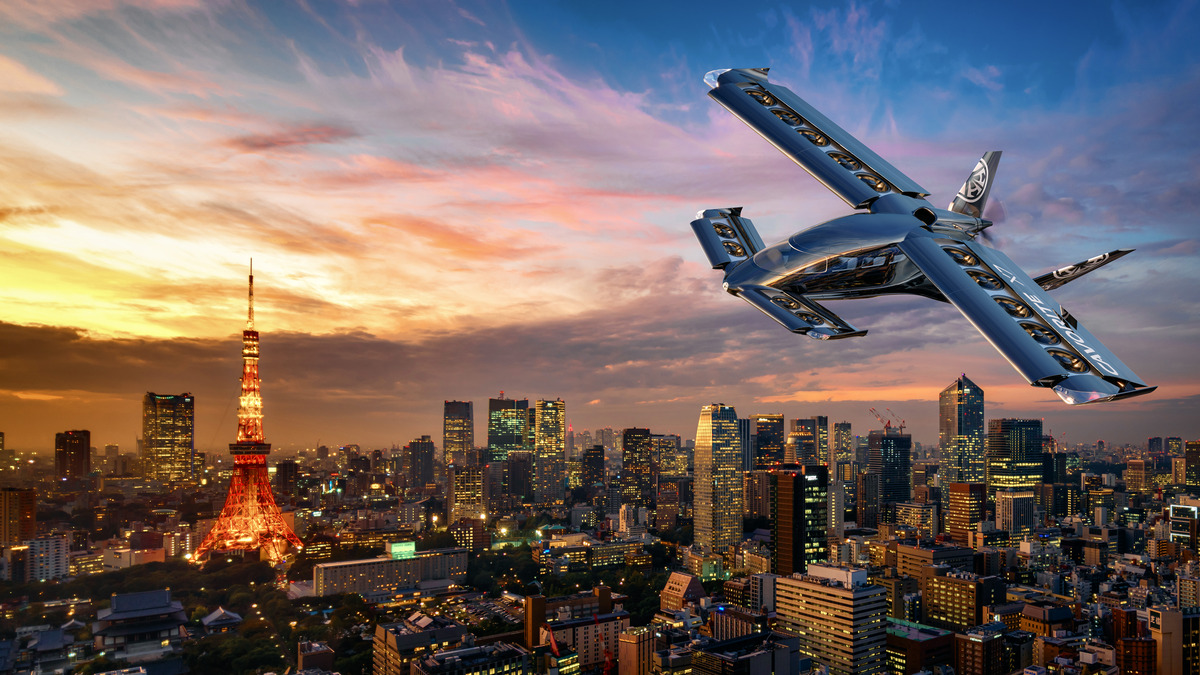
eVTOL—electric Vertical Take-off and Landing Aircraft—Projected to Revolutionize Urban Transportation
By James Patterson
For as long as humans have wanted to fly, they have wanted to fly better. In the first instance of success, in 9th century Andalucia, the inventor Abbas ibn Firnas attached feathers to his arms, and glided some indeterminate distance “faster than the phoenix.” He afterwards decided a tail would have helped. Six centuries later, Leonardo da Vinci realized humans would need an exterior device to get off the ground, and sketched diagrams for the aerial screw and the hang glider. Not long after, in the Ottoman Empire, scientist LagârI Hasan Çelebi pioneered jet travel by jumping on a winged cone stuffed with 50 pounds of gunpowder. (Adding, in that way, crewed flight, along with croissants and vaccines, to the long list of “firsts” claimed by Turkey.) And so it goes on, through dirigibles and the Wright’s innovations, to autopilot and turbofan engines, the question in flight has always been “What next?”
If science fiction is the new realism, the common passenger might soon expect hovercraft or regularly breaking the outer-space barrier. Whether it’s the Jetsons, the Millenium Falcon or the police cars of Minority Report, the vision of aviation is one where flight is integrated into daily life in a way that is common, private and agile. Perhaps, then, the answer to what is next in aviation is the eVTOL—electric Vertical Take-off and Landing—aircraft.
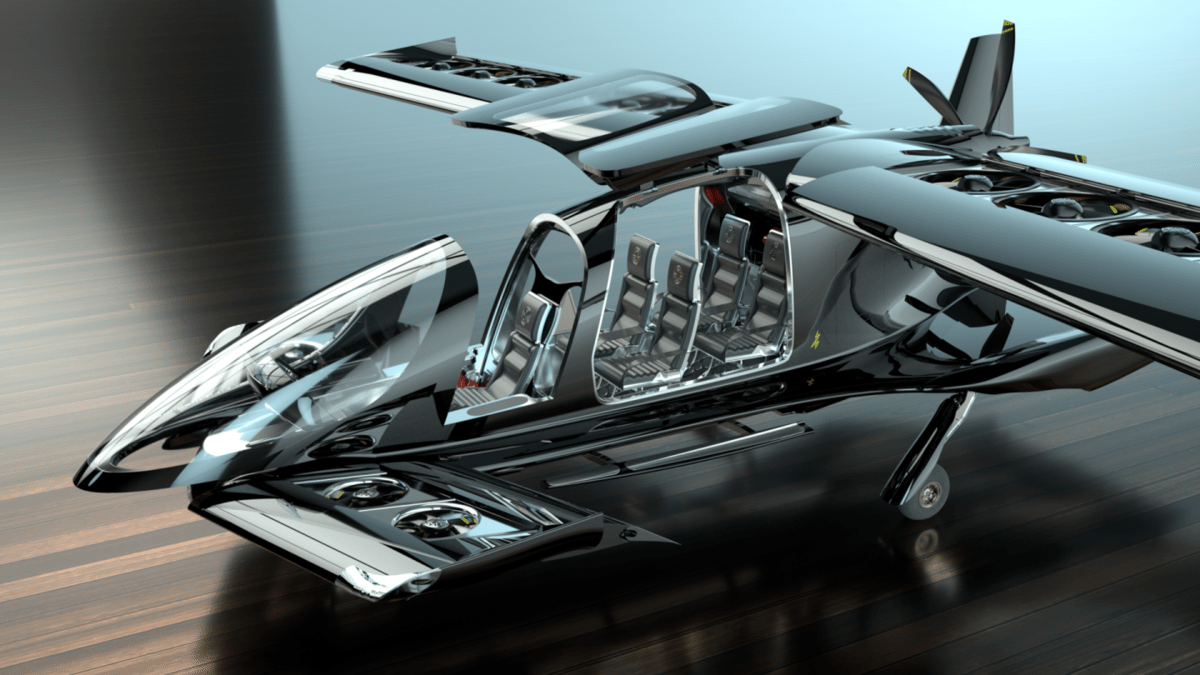
Brandon Robinson, CEO and co-founder of Canadian-based aerospace company Horizon Aircraft, is confident the future of flight lies in eVTOL. “Properly conceived,” Robinson says, “these new aircraft can be very disruptive to not only traditional helicopter operations, but also traditional regional aircraft. The ability to bypass traditional delivery hubs will increase speed and efficiency in the marketplace.” There are currently hundreds of eVTOL aircraft (the name encompasses both all-electric and hybrid-electric varieties) at some stage of design, conception and use, according to the World eVTOL Aircraft Directory published by the Electric VTOL News.
As cities across the globe grapple with surging populations and escalating traffic congestion (another 2.5 billion people will be added to major cities by 2050), the space-saving element of eVTOLs is one of their key features. The ability to lift off as a helicopter does, without the need for runways, make them particularly adapted to navigating in (or over) congested urban environments. As well, both experts and investors have cited the incredible potential for the technology for fire, military, ambulance and military services.
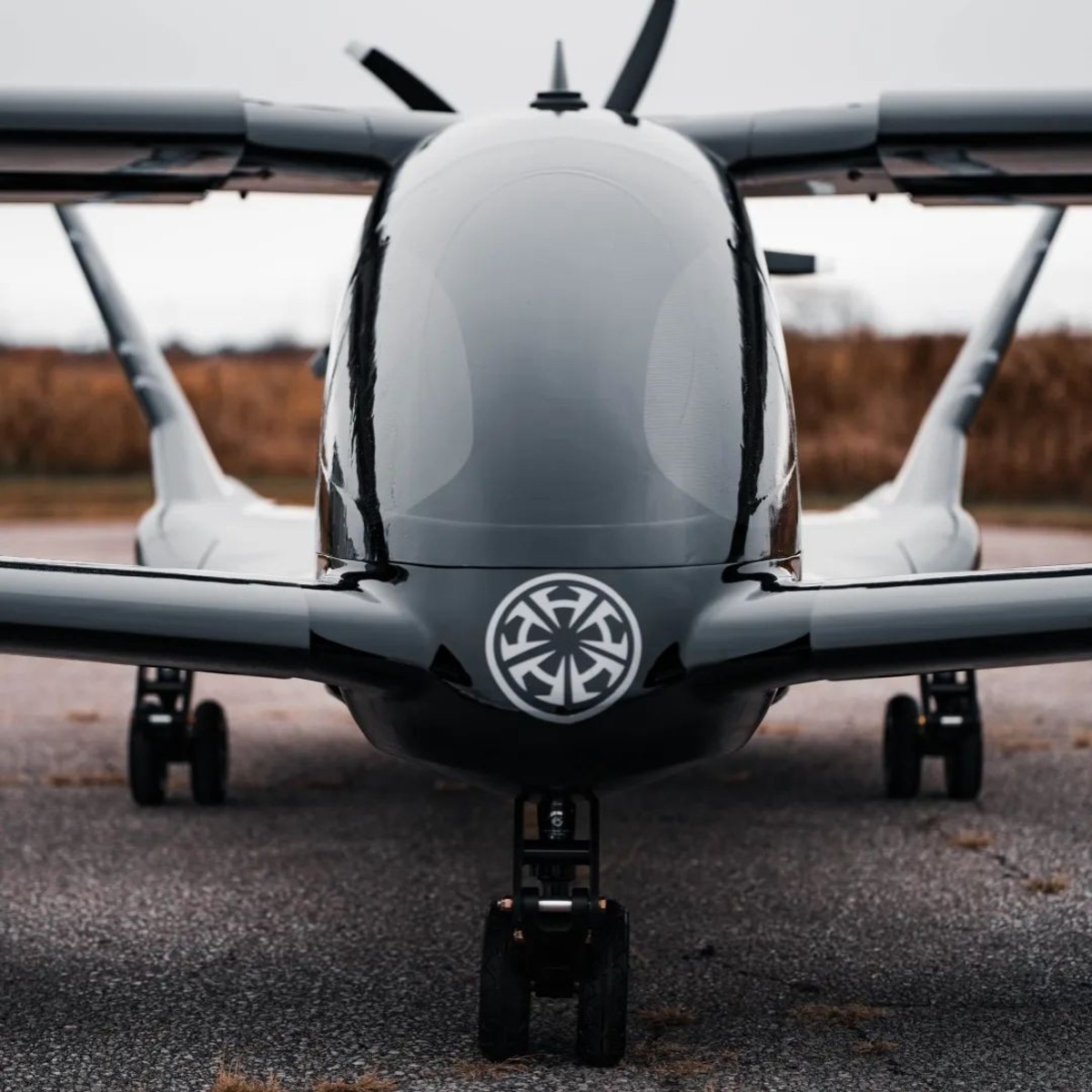
Within the USA, Robinson points to the underuse of most aircraft infrastructure. “There are 5,000-plus airports in the USA, but 30 percent of them serve 70 percent of all passengers. eVTOL aircraft promise to enable better use of the remaining 3,500 airports, changing how we travel and receive goods.”
Passengers complete the idea, and commercial flights might be available as soon as 2026. “Many believe they are witnessing an acceleration toward the launch of the first commercial eVTOL passenger routes,” Robinson says, adding that substantial investment is already pouring in. In early 2024, New Delhi-based private jet hiring company JetSetGo signed on to purchase 50 of Horizon’s Cavorite X7 aircraft, with the intention of changing the scope of private flight in India.
As Horizon’s flagship product, the Cavorite X7 combines the versatility of a helicopter with the power of a fixed-wing aircraft. The wings of the X7 are uniquely inset with 14 lift fans that allow vertical take-off and tight maneuvering. Once at cruising altitude, however, the fans are covered by panels, allowing the X7 to fly like a standard airplane.
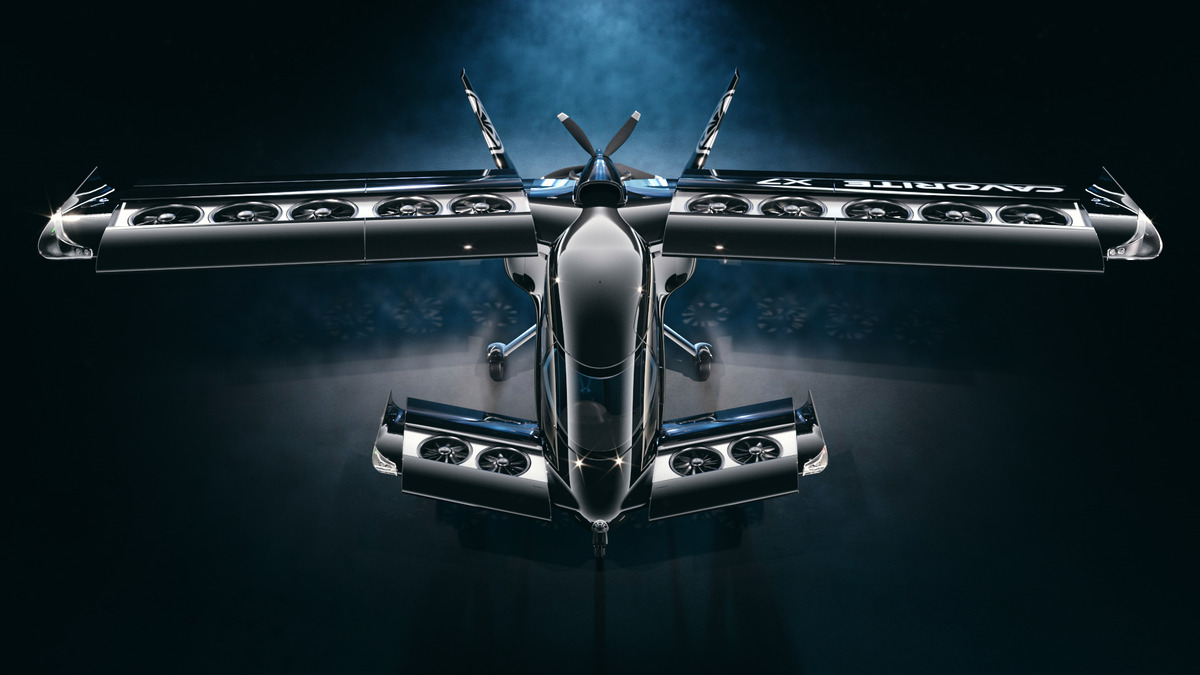
Besides the pilot, the X7 can carry six passengers up to 500 miles—the distance between Washington, DC and Montreal, Quebec. That range and capacity, plus a top speed of 250 knots, set the X7 apart—ahead—of other eVTOLs. On a further commercial front, its versatile take-off and landing abilities, plus its high carrying capacity—it has a useful load of 1,500 pounds —and ability to operate in both IFR and VFR conditions makes the X7 particularly useful for medivac and emergency situations.
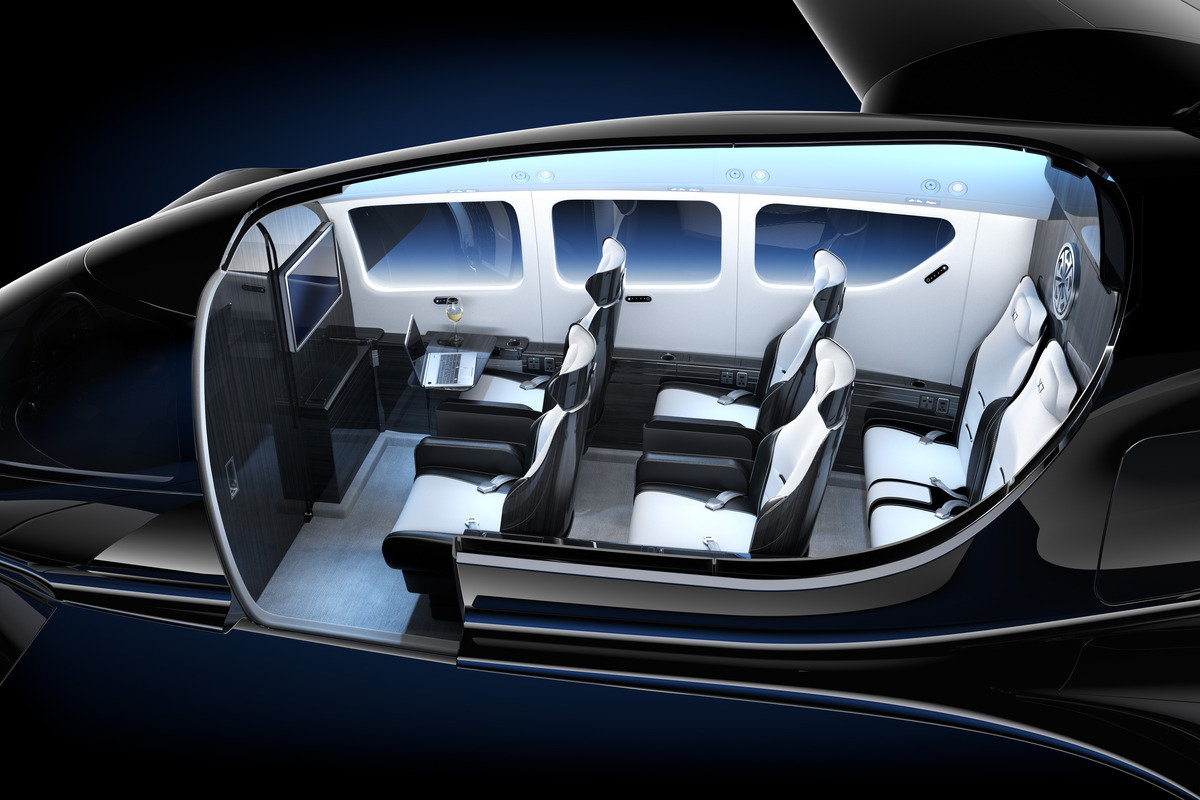
The carbon footprint of the aviation industry is just as important for the emerging eVTOL sector, and an eye to eco-friendliness has been a key element of Horizon’s mission from the get-go. However, because all-electric powered eVTOLs are limited by the weight and scope of their lithium batteries, there is a trade-off to consider when considering range and function. “Some companies, like Horizon Aircraft, that perhaps have a bit more operational experience in their DNA, have opted for hybrid-electric power,” says Robinson. “This hybrid architecture enables novel, efficient configuration while still preserving valuable range, speed, and payload.” Running on a hybrid electric system, which charges the aircraft’s battery during flight, means the X7 is less restricted by the location of charging stations, and overall burns less fuel than similar aircraft making comparable runs.
The technology will come, lifting as it does, the capabilities and popularity of eVTOL. Robinson is realistic, but certain that change is coming. “Although many regulatory and technical hurdles remain before this vision can be realized, the future seems very bright from this perspective. The sector is poised for further growth as ongoing developments in technology and regulation create new investment opportunities in this emerging market that is set to revolutionize urban transportation.”
For more aviation news, check them out here.


